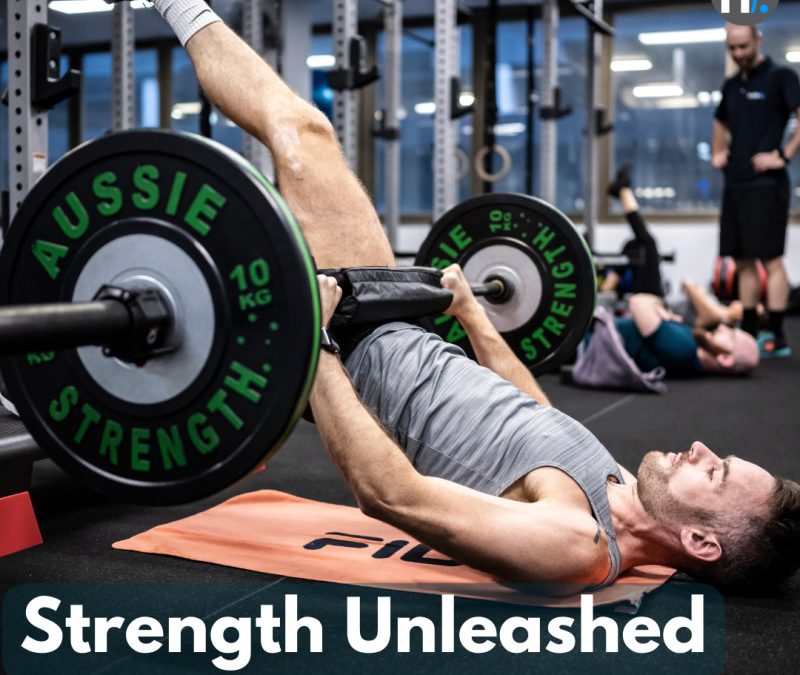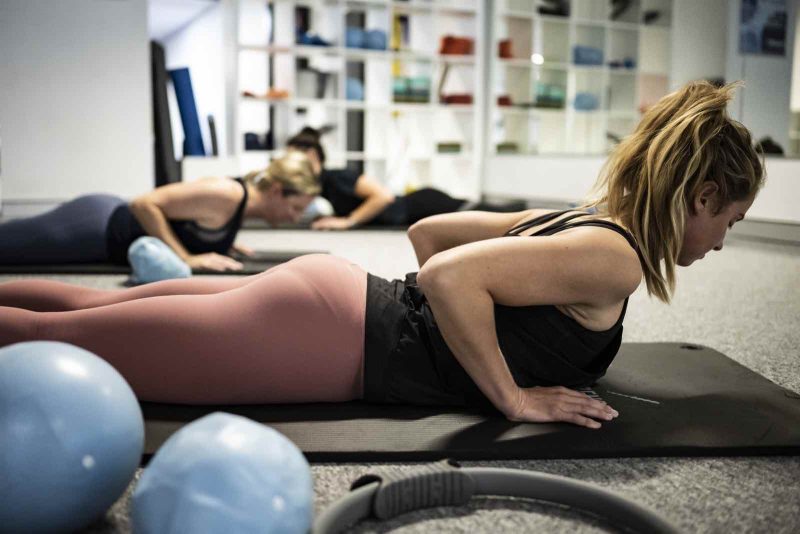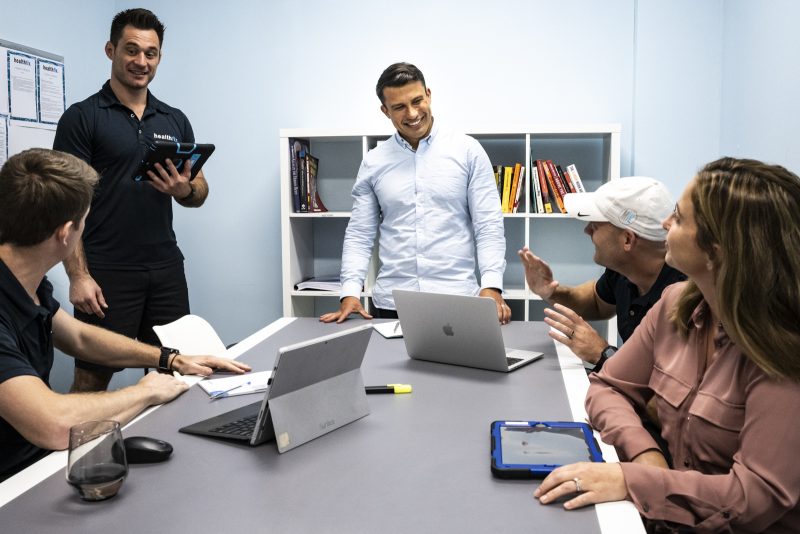
by Ash Cooney | Latest News
The holiday season is upon us, and amidst the festive cheer and indulgent treats, maintaining your fitness routine can be a challenge. At Healthfix, we’re here to make sure you not only survive but thrive during the holidays with our Exercise Survival Guide,...

by Ash Cooney | Latest News
In the ever-evolving landscape of health and fitness down under, one trend is poised to dominate in 2024 like never before – the explosive surge in strength training. Over the past decade, it’s quietly been transforming lives, and now, it’s set to take...

by Ash Cooney | About Healthfix, Personal Training
When it comes to fitness and overall well-being, exercise is undoubtedly a crucial component. But not every workout has to be high-intensity or strenuous. In fact, incorporating low impact and recovery exercises into your routine can be just as important as those...

by Ash Cooney | Latest News
Let’s explore the transformative power of health and wellness coaching… Did you set a big goal for yourself this year? Perhaps it was to improve your overall health, achieve a specific fitness milestone, or simply feel more energised and alive. You...

by Ash Cooney | About Healthfix
In today’s fast-paced world, healthcare has evolved far beyond the traditional one-size-fits-all approach. People are seeking more comprehensive and personalised solutions to their health and wellness needs. This is where integrated healthcare comes into play,...






